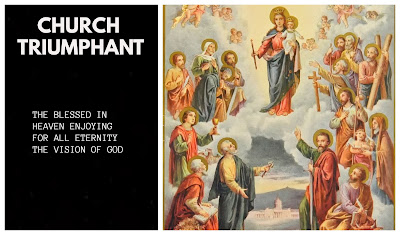SITE OF SAMOAN VILLAGE IN SAIPAN
1909 to 1915
In 1909, both Saipan and Samoa belonged to Germany.
Among the various differences between the two places owned by a common colonial power, the Chamorros and Carolinians of Saipan accepted German rule without a whimper, but not all the Samoan chiefs did.
A Samoan resistance movement against the Germans called Mau a Pule concerned the Germans so much that they exiled 10 chiefs involved in the movement to Saipan in 1909. The German ship SMS Jaguar took them, and their wives and children, some 72 in all, to Saipan in April of that year. A German colonial journal said that deportation was a severe punishment for the Samoans, since they were so attached to their native land.
SAMOAN CHIEFS HEADED FOR SAIPAN
The Samoans at first lived in a government building near the landing pier in Garapan but this was just temporary. The Germans always had in mind to keep the Samoans in their own separate community. Considered "rabble rousers," the Germans may have wanted to keep them apart to prevent them influencing the Chamorros and Carolinians, though those fears would have amounted to nothing, given the docility of the Chamorros and Carolinians. Still, the Samoans sent to Saipan were not regular settlers; they were political prisoners, having had no prior contact with Chamorros or Carolinians, so a separate place for them was decided.
It was hard, at first, to convince the Samoans to live in their own settlement, according to the German colonial journal, but the German officials took the Samoan leaders to scout areas and it was decided to build in this area just south of Tanapag. Tanapag was a small community of a few hundred people, and the Samoan camp would be two and a half miles away from Garapan, the capital, with its much larger population.
The area was situated just south of a stream called Saddok as Agaton. The German journals say that the water was clean and drinkable, but eventually water was fed through bamboo pipes from a spring called Bo'bo' Agaton.
The ocean was right at their doorstep and the area had breadfruit and coconut trees. Each family was given the same amount of land to grow their own foods, and the taro patch was common to all. The Samoans also traded food with the Tanapag villagers.
The houses were built with prison labor, since the Samoan deportees were political, not criminal, prisoners. Each chief had his own dwelling. A Protestant pastor came with them, and he also his own quarters as well as a prayer house where he conducted daily services. There were a few Catholics in the group, but they could go to the Catholic church in Garapan.
CHIEF LAUAKI NAMULAU'ULU MAMOE
One of the leading chiefs who lived in Saipan
In October 1914, Japan took over the Northern Marianas from the Germans on account of World War I. It took a while to get things moving, but the Samoans finally got their chance to leave Saipan and return to Samoa in June of 1915.
One of the chiefs, I'iga Pisa, didn't wait for that but, instead, sneaked away in a canoe to Guam where he spent a few years, then returned to Samoa.
Four Samoan chiefs had died in Saipan before the group could return to Samoa. That left five chiefs who boarded the ship to go back to Samoa, minus I'iga Pisa in Guam. But one of them, Lauaki, died during the voyage before the group arrived in Samoa, so only four chiefs made it back on that trip. Pisa returned his own way later.
The bones of the four chiefs who died on Saipan, and others among the Samoans who also died in Saipan, were brought back to Samoa.








